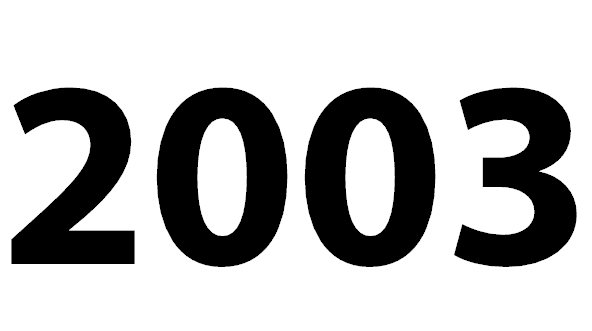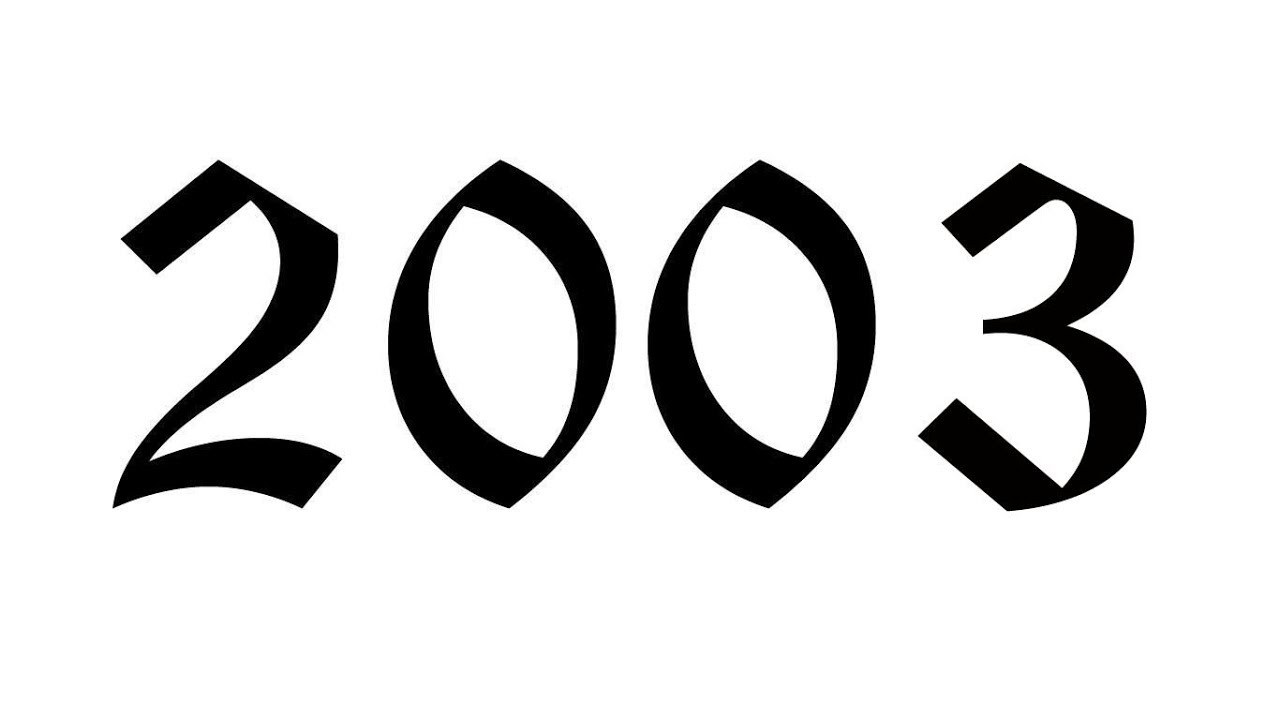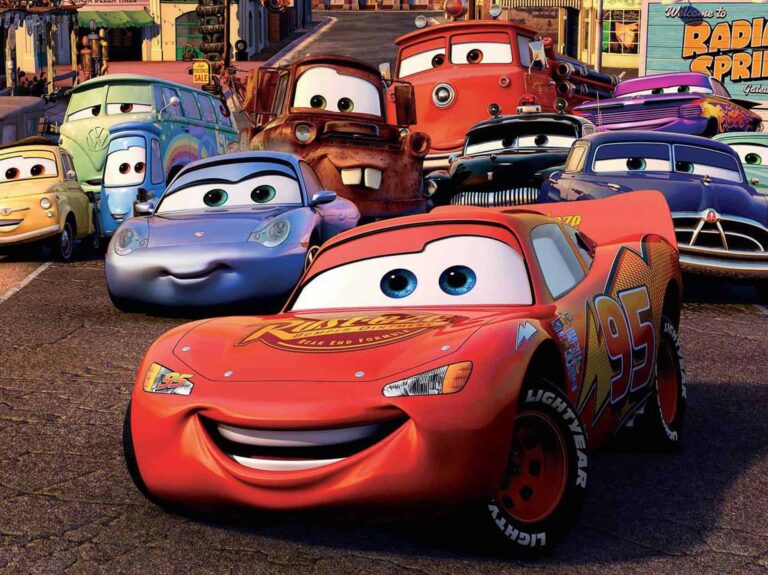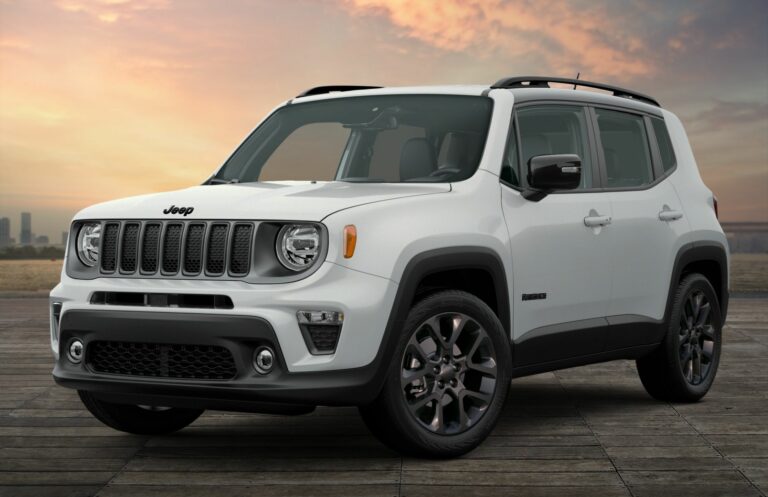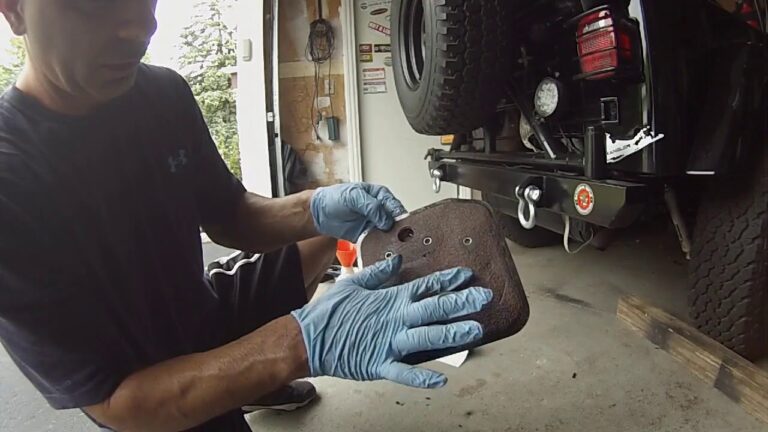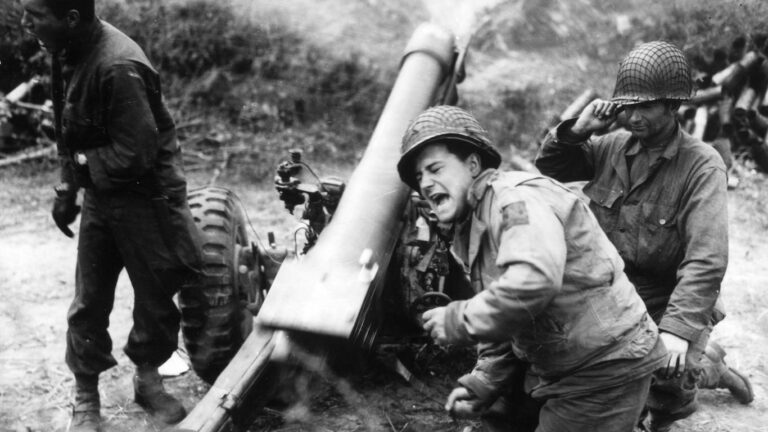2003 Jeep Grand Cherokee Headlights: Illuminating Your Path Forward
2003 Jeep Grand Cherokee Headlights: Illuminating Your Path Forward jeeps.truckstrend.com
The 2003 Jeep Grand Cherokee, a beloved staple of the WJ generation, remains a popular choice for its rugged capability, comfortable interior, and distinctive styling. Central to both its aesthetic appeal and, more critically, its operational safety, are its headlights. Far more than mere light sources, the 2003 Jeep Grand Cherokee headlights are complex assemblies designed to cut through darkness, alert other drivers, and ensure clear visibility in diverse driving conditions. Understanding these vital components—from their original design and common issues to modern upgrade options and essential maintenance—is paramount for any owner looking to preserve their vehicle’s safety, value, and distinctive presence on the road. This comprehensive guide will illuminate every facet of the 2003 Jeep Grand Cherokee’s lighting system, helping you keep your path brightly lit for years to come.
Understanding the 2003 Jeep Grand Cherokee Headlight Assembly
2003 Jeep Grand Cherokee Headlights: Illuminating Your Path Forward
The 2003 Jeep Grand Cherokee utilizes a robust headlight assembly typical of its era, designed for durability and function. Each unit is a self-contained system comprising several key components:
- Housing: The main body of the headlight assembly, typically made of durable plastic, which protects the internal components from the elements and provides mounting points for the vehicle.
- Lens: The clear outer cover, usually made of polycarbonate plastic, designed to allow light to pass through while protecting the bulbs and reflector. This is often the first component to show signs of wear (hazing/yellowing).
- Reflector: A highly polished, chrome-plated surface inside the housing that gathers and directs light from the bulb into a focused beam. Its condition is critical for light output.
- Bulbs:
- Low Beam/High Beam: The 2003 Grand Cherokee famously uses a single H13 (also known as 9008) dual-filament halogen bulb for both low and high beam functions. This bulb has two filaments, one for each beam, allowing for easy switching.
- Turn Signal: A separate amber bulb (typically a 3157NAK or similar) located within the assembly.
- Parking Light/Side Marker: A smaller bulb (often a 194 or 168) that provides continuous illumination when parking lights are on.

- Adjusters: Mechanisms (often screws or gears) that allow for precise vertical and horizontal aiming of the headlight beam, crucial for proper illumination and preventing glare to oncoming traffic.
- Wiring Harness and Connectors: The electrical connections that supply power to the bulbs.
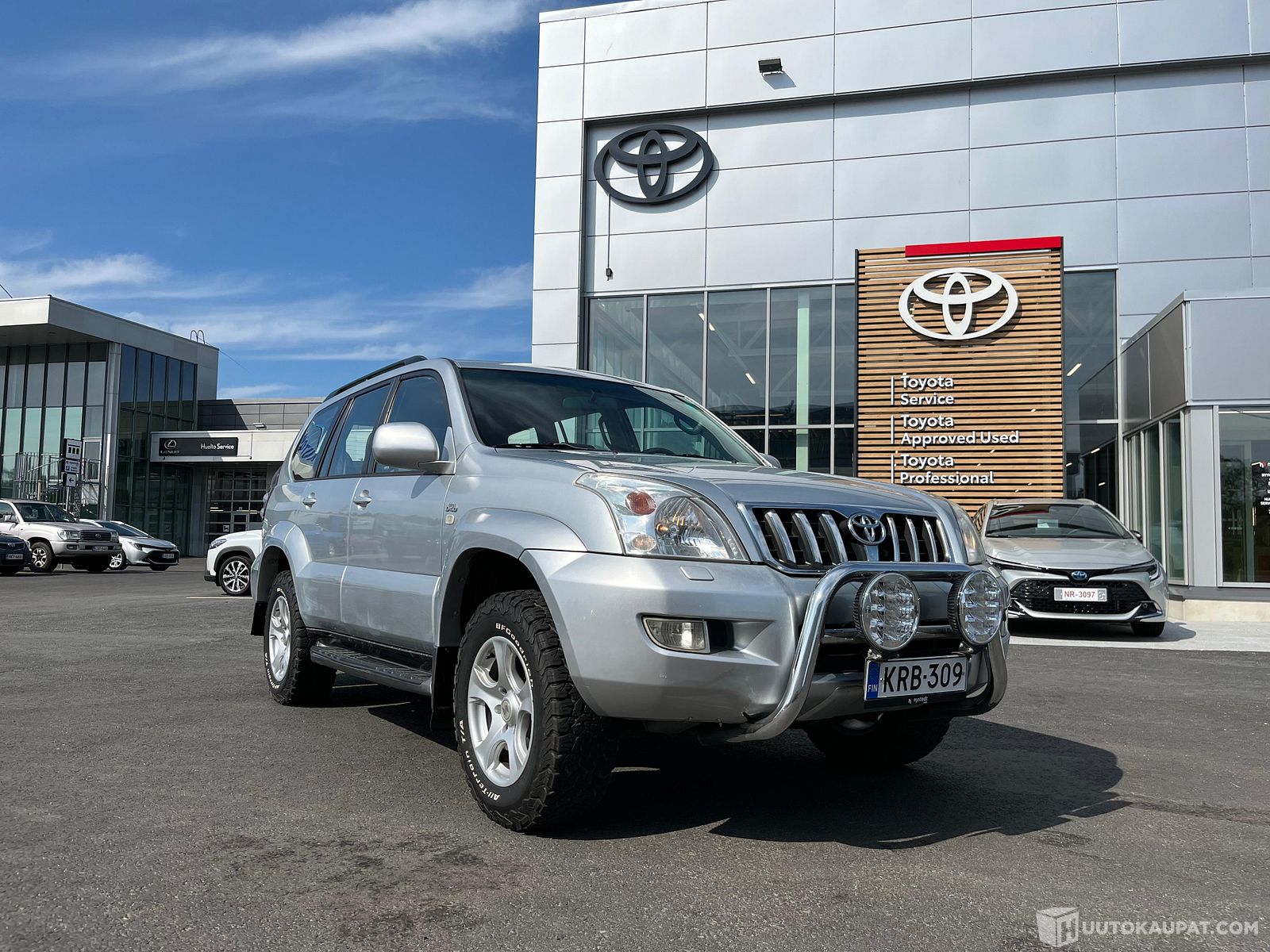
The integrated design of the WJ Grand Cherokee’s headlights means that issues with one part, especially the lens or reflector, can significantly impact the overall performance of the entire unit.
Common Issues and Why They Occur
Even the most robust components can succumb to time and the elements. 2003 Jeep Grand Cherokee headlights are prone to a few common issues:
- Hazing and Yellowing of the Lens: This is by far the most prevalent problem. The polycarbonate plastic lenses are exposed to harsh UV radiation from the sun, road chemicals, and abrasive elements like sand and dirt. Over time, this causes the plastic to break down, oxidize, and become cloudy, yellow, or hazy. This significantly reduces light output and disperses the beam, making headlights appear dim and less effective.
- Dimness and Poor Visibility: Beyond lens hazing, dimness can stem from several sources:
- Aging Halogen Bulbs: Halogen bulbs naturally degrade over their lifespan, becoming dimmer as they approach failure.
- Dirty or Damaged Reflectors: The reflective coating inside the housing can accumulate dust, moisture, or even peel, reducing its ability to project light efficiently.
- Poor Electrical Connections: Corroded terminals or loose wiring can restrict the flow of power to the bulb, leading to reduced brightness.
- Bulb Burnout: While seemingly simple, frequent bulb burnout can indicate underlying electrical issues (e.g., voltage fluctuations, faulty wiring) or simply the end of the bulb’s natural lifespan.
- Moisture Intrusion: Cracks in the housing, degraded seals, or improper reassembly can allow water to enter the headlight assembly. This leads to condensation, which fogs the inside of the lens, and can cause corrosion of electrical components and the reflector.
- Adjustment Problems: Over time, or due to minor impacts, the internal aiming mechanisms can become stripped or misaligned, making it impossible to properly aim the headlights. This can result in beams pointing too high (blinding others) or too low (poor visibility for the driver).
.jpg?t=168533101131)
Types of Headlight Bulbs and Upgrade Options
While the 2003 Grand Cherokee came standard with H13 halogen bulbs, owners now have several options for replacement and upgrade:
-
OEM-Style Halogen (H13/9008):
- Pros: Direct fit, affordable, legally compliant, familiar light output.
- Cons: Limited brightness compared to newer technologies, shorter lifespan than LEDs, traditional yellowish light.
- Best For: Those seeking a simple, cost-effective replacement that matches original performance.
-
LED (Light Emitting Diode) Conversion Kits:
- Pros: Significantly brighter light output, whiter light color (often 5000K-6500K), much longer lifespan (tens of thousands of hours), lower power consumption.
- Cons: Can create an improper beam pattern in halogen reflector housings, leading to glare for oncoming drivers if not designed properly for halogen optics. Some kits may require a CANBUS decoder to prevent "bulb out" warnings or flickering. Higher initial cost.
- Best For: Owners looking for a substantial brightness upgrade, but caution is advised to choose high-quality, properly designed LED bulbs that mimic the halogen filament’s position to ensure a good beam pattern. Professional installation or thorough research is recommended.
-
HID (High-Intensity Discharge/Xenon) Conversion Kits:
- Pros: Extremely bright light output, very wide and intense beam, often a bluish-white light.
- Cons: Requires a ballast and igniter for each bulb, can take a few seconds to warm up, and, most importantly, are highly problematic when installed in halogen reflector housings. HID bulbs are designed for projector lenses, and putting them into a reflector housing will cause extreme glare for oncoming traffic and an unfocused beam for the driver, making them illegal in many areas.
- Best For: Generally not recommended for a direct "plug-and-play" upgrade in the 2003 Grand Cherokee unless a full projector retrofit is performed, which is a complex and costly modification.
Maintenance and Care for Optimal Performance
Regular maintenance can significantly extend the life and performance of your 2003 Grand Cherokee’s headlights:
- Regular Cleaning: Wash the outer lens regularly with soap and water to remove dirt, grime, and bug splatters. Avoid abrasive cleaners.
- Headlight Restoration Kits: For hazy or yellowed lenses, a good quality headlight restoration kit can work wonders. These kits typically involve sanding, polishing, and sealing the lens to remove oxidation and restore clarity. Follow kit instructions carefully. This is a highly cost-effective alternative to full replacement.
- Bulb Replacement:
- Always replace bulbs in pairs, even if only one has burned out, as the other is likely to fail soon.
- When handling new halogen bulbs, avoid touching the glass with bare hands. Oils from your skin can create hot spots and shorten bulb life. Use gloves or a clean cloth.
- Ensure the bulb is correctly seated and twisted into place to prevent moisture intrusion and ensure proper beam alignment.
- Checking Wiring and Connections: Periodically inspect the wiring harness and connectors for signs of corrosion, fraying, or looseness. Clean corroded terminals with a wire brush and electrical contact cleaner.
- Aiming/Adjustment: After any significant work on the headlights (bulb replacement, assembly replacement, or suspension work), it’s crucial to check and adjust the headlight aim. Improperly aimed headlights reduce your visibility and can blind other drivers. Most vehicles have adjustment screws (often Phillips head or Torx) on the assembly. Consult your owner’s manual or an online guide for specific aiming procedures (e.g., parking 25 feet from a wall).
Replacing the Entire Headlight Assembly
In cases of severe damage, irreparable hazing, or moisture intrusion, replacing the entire headlight assembly becomes necessary.
Choosing a Replacement:
- OEM (Original Equipment Manufacturer): Offers guaranteed fit, finish, and quality, but is typically the most expensive option.
- Aftermarket: Widely available from various manufacturers. Prices and quality vary significantly.
- Reputable Aftermarket Brands: Often offer good quality and fitment at a fraction of OEM cost. Look for reviews and certifications (e.g., DOT compliant).
- Budget Aftermarket: Can be very cheap, but often suffer from poor fitment, inferior lens material (hazing quickly), and weak seals leading to moisture issues.
General Installation Steps (may vary slightly):
- Safety First: Disconnect the negative terminal of the battery.
- Access: The 2003 Grand Cherokee’s headlights are generally accessible after removing the grille and sometimes partially loosening the front bumper fascia.
- Unbolt: Locate and remove the mounting bolts/screws securing the headlight assembly to the vehicle’s frame.
- Disconnect: Carefully disconnect the electrical connectors from all bulbs (H13, turn signal, parking light).
- Remove Old Assembly: Gently pull the old assembly out of its position.
- Install New Assembly: Insert the new assembly, ensuring all mounting tabs align. Reconnect all electrical connectors firmly.
- Bolt Down: Secure the new assembly with the mounting bolts.
- Reassemble: Reinstall the grille and any other components removed.
- Test and Adjust: Reconnect the battery, test all light functions (low beam, high beam, turn signals, parking lights), and most importantly, adjust the headlight aim before driving.
Legal and Safety Considerations
Headlights are not just about seeing; they’re about being seen and ensuring the safety of everyone on the road.
- Proper Aiming is Crucial: Misaimed headlights are a safety hazard. They reduce your effective visibility and can temporarily blind oncoming drivers, increasing the risk of accidents. Always ensure your headlights are properly aimed according to local regulations.
- DOT Compliance: In the United States, headlights must comply with Department of Transportation (DOT) standards. Many aftermarket HID/LED conversion kits designed for reflector housings are not DOT compliant because they produce excessive glare. Always check for DOT certification when purchasing aftermarket lighting.
- Visibility and Reaction Time: Well-functioning headlights maximize your visibility distance, giving you more time to react to hazards, obstacles, and unexpected situations on the road. Dim or poorly performing headlights drastically cut down this crucial reaction time.
Price Table: 2003 Jeep Grand Cherokee Headlights
Please note that prices are approximate and can vary significantly based on brand, retailer, quality, and location. This table provides a general range.
| Component / Service | Description | Estimated Price Range (USD) | Notes |
|---|---|---|---|
| Halogen Bulbs (H13/9008) | Standard replacement bulbs for low/high beam. | $15 – $40 (per pair) | Consider long-life or brighter halogen options within this range. |
| LED Conversion Kit (H13) | Aftermarket kit to upgrade halogen to LED. | $50 – $150 (per pair) | Price varies by quality; higher-end kits often include CANBUS decoders. |
| HID Conversion Kit (H13) | Aftermarket kit for HID conversion (requires ballast). | $60 – $200 (per pair) | Caution: Not recommended for reflector housings without a projector retrofit due to glare. |
| Headlight Restoration Kit | Kit to clean and restore hazy/yellowed plastic lenses. | $15 – $40 | Includes sanding pads, polishing compound, and sealant. |
| Aftermarket Headlight Assembly (Pair) | Complete replacement units, non-OEM. Quality varies widely. | $100 – $300 (per pair) | Look for reputable brands and DOT compliance. Lower end may have poor seals/lens quality. |
| OEM Headlight Assembly (Each) | Genuine Mopar (Jeep) replacement unit. | $250 – $500+ (per side) | Premium quality and fit, but significantly more expensive. |
| Professional Headlight Restoration | Service performed by a detailer or mechanic. | $50 – $150 (per pair) | Good option if you’re not comfortable DIYing or for professional-grade results. |
| Professional Headlight Assembly Replacement (Labor) | Labor cost to install new headlight assemblies. | $75 – $150 (per side) | Does not include parts cost. Varies by shop hourly rate and complexity of removal (e.g., bumper). |
Frequently Asked Questions (FAQ)
Q1: What type of headlight bulb does the 2003 Jeep Grand Cherokee use?
A1: The 2003 Jeep Grand Cherokee uses a single H13 (also known as 9008) dual-filament halogen bulb for both its low and high beam functions. Separate bulbs are used for turn signals and parking lights.
Q2: Can I put LED bulbs in my 2003 Grand Cherokee’s headlights?
A2: Yes, you can install LED conversion kits. However, be aware that while they offer significantly brighter light, the beam pattern might not be ideal in the original halogen reflector housings, potentially causing glare for oncoming drivers. Choose high-quality LED bulbs designed to mimic the halogen filament’s position, and consider a CANBUS decoder to prevent dashboard error messages.
Q3: How do I restore my foggy or yellowed 2003 Grand Cherokee headlights?
A3: You can use a headlight restoration kit, available at most auto parts stores. These kits typically involve a multi-step process of sanding the lens with progressively finer grits, followed by polishing and applying a UV protective sealant. This can dramatically improve clarity and light output.
Q4: How often should I replace my headlight bulbs?
A4: Halogen bulbs typically last 500-1,000 hours, which translates to 1-3 years of regular use. It’s recommended to replace them when they burn out, or if you notice significant dimness. Consider replacing them in pairs, even if only one has failed, as the other is likely to go soon.
Q5: Is it difficult to replace the entire headlight assembly on a 2003 Grand Cherokee?
A5: It’s a moderately difficult DIY task. It usually requires removing the front grille and sometimes partially loosening the front bumper fascia to access the mounting bolts. With basic tools and a good tutorial or service manual, most mechanically inclined individuals can do it.
Q6: My headlights are dim even after replacing the bulbs. What else could be wrong?
A6: If new bulbs don’t solve the dimness, the issue likely lies with the headlight lens (hazing/yellowing), the internal reflector (dirty or deteriorated), or the electrical system (corroded connections, insufficient voltage). Consider a headlight restoration kit or inspecting the wiring and connectors. If the reflector is damaged, the entire assembly may need replacement.
Conclusion
The headlights of your 2003 Jeep Grand Cherokee are indispensable for safe and confident driving. While these robust components are designed for longevity, they are not immune to the wear and tear of time and the elements. By understanding the common issues, knowing your upgrade options, and committing to regular maintenance, you can ensure your Grand Cherokee’s headlights continue to perform optimally. Whether it’s a simple bulb replacement, a lens restoration, or a full assembly overhaul, investing in the clarity and performance of your headlights is an investment in your safety and the longevity of your beloved WJ. Keep your path clear, and your 2003 Jeep Grand Cherokee will continue to lead the way, mile after illuminated mile.
